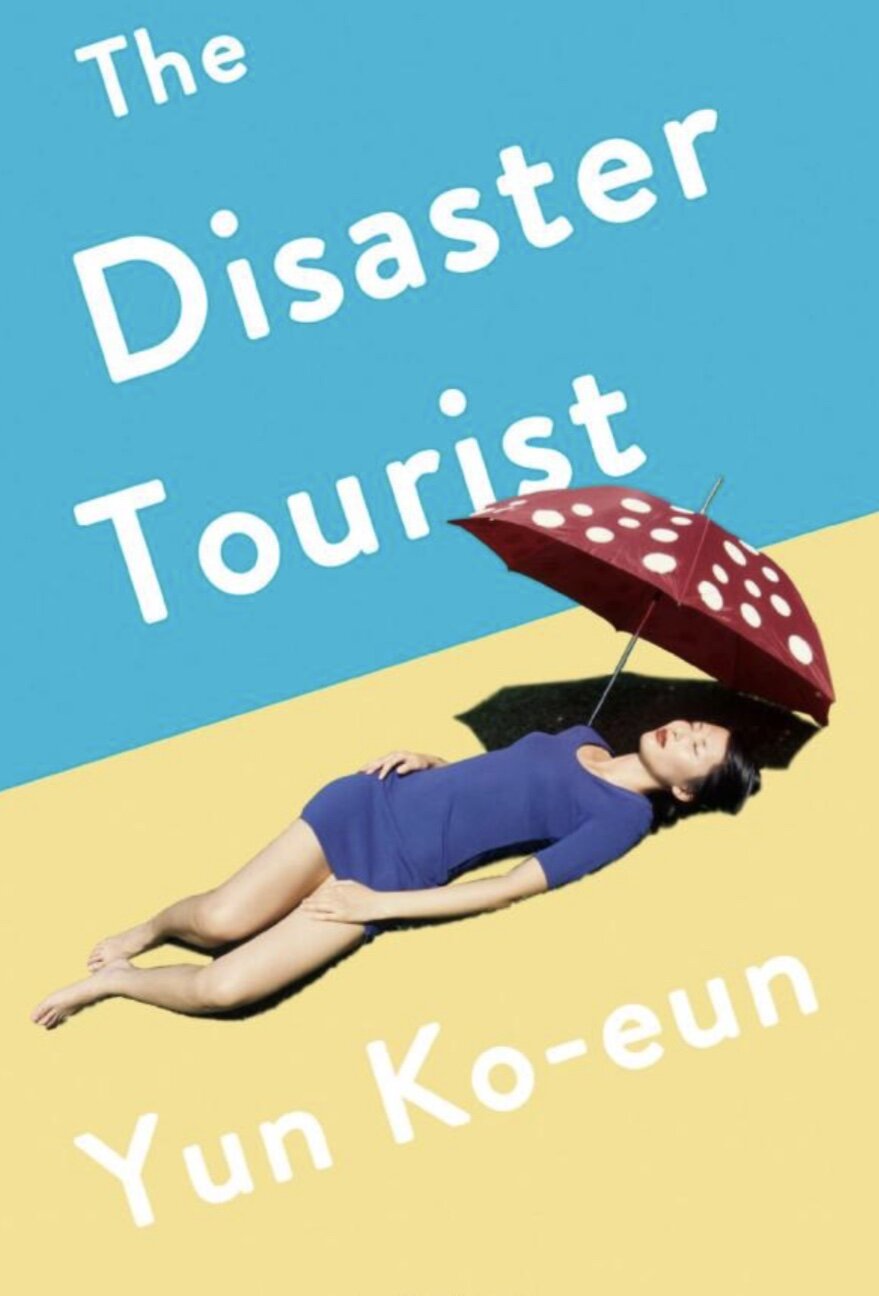I Am Malala by Malala Yousafzai (Back Bay Books)
“One child, one teacher, one book and one pen can change the world.” These are the words spoken by a young Pashtun woman who was born and grew up in the Swat Valley of northwestern Pakistan, near the Afghan border. She is famously known as “The Girl Who was Shot by the Taliban”. What was her crime? She was shot for going to school! I Am Malala is her story.
On Tuesday, October 9, 2012, Malala’s school van was stopped by two men. One of the men got up on the railboard and asked, “Who is Malala?”. Nobody answered but many of the other girls looked at her. Malala was the only one who didn’t cover her face. Then, the man lifted a gun and shot three times. One bullet went through Malala’s eye socket, the other two bullets hit the girls sitting next to Malala, one in the hand and the other in the left shoulder. The next time Malala would wake up, she would be in a hospital.
I Am Malala is an autobiography of Malala Yousafzai, the youngest recipient of the Nobel Peace Prize. She advocates the rights of all children to an education. She was the co-recipient of the prize in 2014 with Kalish Satyarthi, another children’s rights activist from India.
Malala takes us to the beginning, before the Taliban. She starts off her story by saying, “When I was born, people in our village commiserated with my mother and nobody congratulated my father.” We, as Westerners, would celebrate the birth of any child, boy or girl but Malala was born “in a land where rifles are fired in celebration of a son, while daughters are hidden away behind a curtain, their role in life simply to prepare food and give birth to children.”.
Fortunately for Malala, her father was an advocate for education and also ran a chain of schools. He encouraged his daughter to go to school and study. Malala was inspired by her father and strived to do her best. Then in 2009, the Taliban came to the Swat Valley. Girls were told not to go to school, however, Malala was determined to get an education. She told one of her friends, “The Taliban have never come for a small girl.” Little did she know how much her life would change when they did.
It’s been said that, “Money is the root of all evil”. I would substitute money with organized religion. Christianity had its Crusades. The partition of British India led to violence between Hindus and Muslims. Even Islam had their wars between Shia and Sunni, and currently, the Taliban’s misinterpretation of the Quran pits Islam against the world.
Malala’s story is a powerful story but it is not just her story. It is about the thousands, maybe millions of girls who also want to get educated and live a better life. Malala will inspire you and will enforce the truth about “the pen is mightier than the sword”. Malala’s words are far reaching and more powerful than the lone Taliban and his cowardly act of shooting an innocent girl. Malala inspires us to speak out against the injustices of the world. ~Ernie Hoyt








